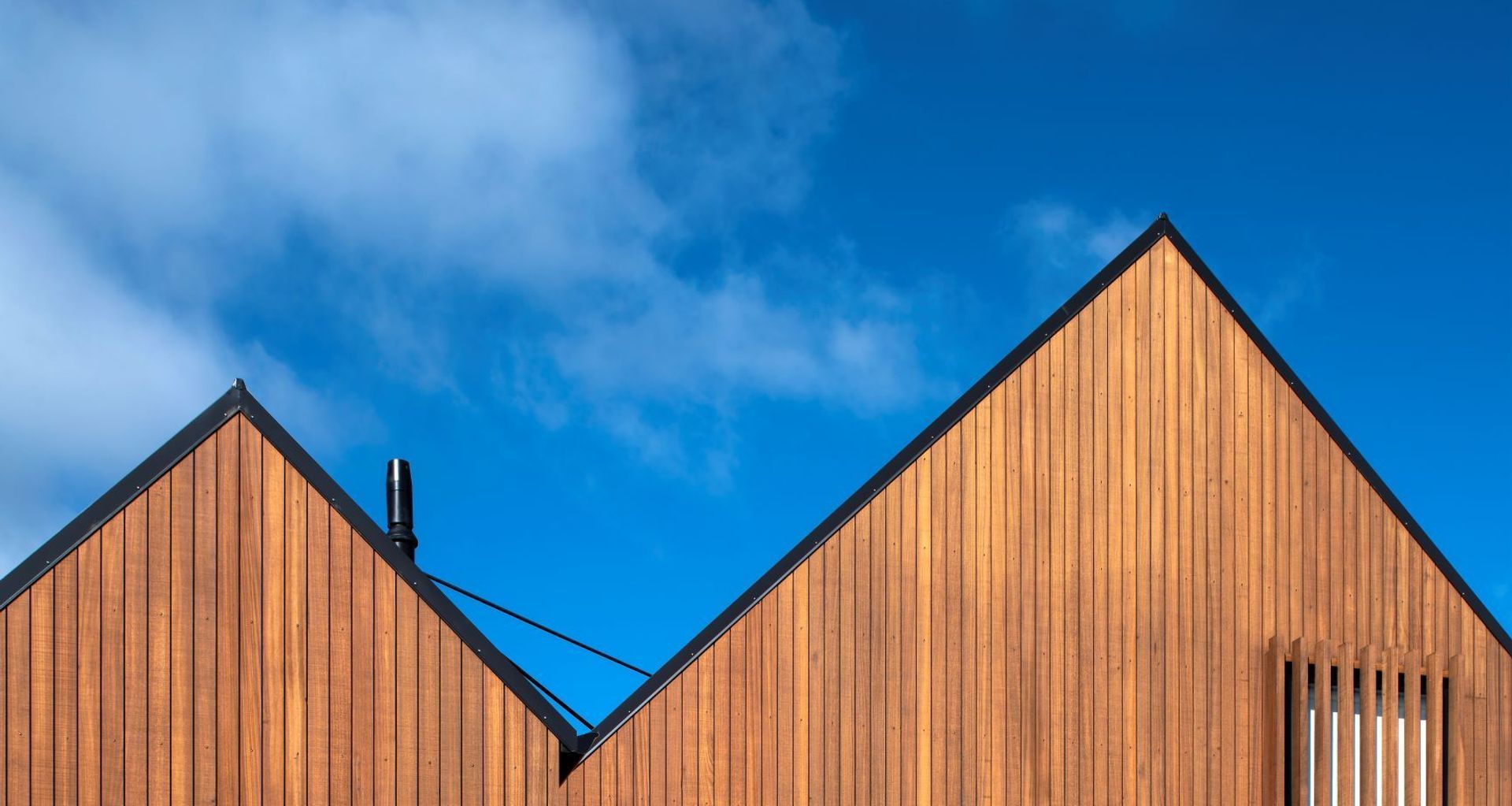The thermally modified wood revolutionising timber cladding
Written by
15 October 2019
•
3 min read

A chemical-free heat-treated timber combined with innovative new detailing is opening up a world of possibilities for residential cladding design in New Zealand. We spoke to Rosenfeld Kidson & Co about the Truwood® difference.
Manufactured in northern Europe, Truwood is made using the world’s best thermal modification technology. The result is a unique and beautiful appearance; a rich, caramelised colour similar to Teak - a colouring that’s achieved not with treatment or stain, but with heat.
“The beauty of Truwood is that it’s chemical free,” Rosenfeld Kidson’s Ray Hutton says. “It is created using state-of-the-art thermal modification technology. The process sees the timber heated to between 160 and 230 degrees Celsius and exposed to water vapour and pressure. The modification changes the appearance of the wood and creates the beautifully rich colouring.”
Thermal modification changes the cell structure of the timber, turning it into a much more stable and durable material that has less expansion and contraction in changing climatic conditions.
The increased stability achieved with thermal modification also allows for new levels of detailing and design. As such, Rosenfeld Kidson has redesigned their systems to expand on the creative licence thermally modified timber allows.
“The improved stability of thermally treated wood means detailing can be achieved in new and innovative ways we haven’t been able to create until now,” Ray says. “With a new range of extruded aluminium flashings whose origins are in the very best of European architecture , we’re able to offer new joinery details including a range of sleek internal and external corners.
“Truwood and the revamped detailing options give architects and designers much greater creative freedom and present a new level of opportunity for residential design in New Zealand.“These latest developments are part of our aim to push the boundaries and redefine how timber is used as a cladding material.”In comparison to other timbers, Truwood has an attractive price point, making it more accessible to a wider range of consumers.
A clear grade, low density hardwood, Truwood is sourced from FSC-certified forests. It is not laminated and is supplied in solid sections with an even colour and attractive grain pattern.
“Globally, modified timbers are making an increasing inroad into the construction industry as availability increases and its benefits are realised. Ultimately, Truwood offers increased durability, stability and aesthetic value and is a renewable timber that is now readily available in New Zealand in clear, long lengths,” Ray says.
“Truwood has a Durability Class 2 rating and is considered more durable than other naturally durable cladding types available. Truwood is also very stable, due to the modification process. Since the cell structure of modified wood absorbs less water, the equilibrium moisture content of the timber is also reduced. Improved dimensional stability reduces movement in service such as cupping and warping."
Truwood is profiled in accordance with NZS3617 and Branz Bulletin 411, with both vertical and horizontal profiles compatible with all standard Rosenfeld Kidson system details.
“An additional benefit of the reduced movement in service is the increased performance of coatings.
Rosenfeld Kidson factory coat Truwood in a specifically formulated modern wood stain Natuetone®. This water-based stain has excellent water repellency and further improves the performance of the timber, while providing a range of natural colour options from grey to mid-brown, to walnut and black.”
Truwood is also well suited to many other applications. Its relative low density makes it great for fascia, window frames, door, sliders, garage doors, louvres and gates, as well as other internal joinery applications.
Find out more about Truwood and thermally modified timber.


